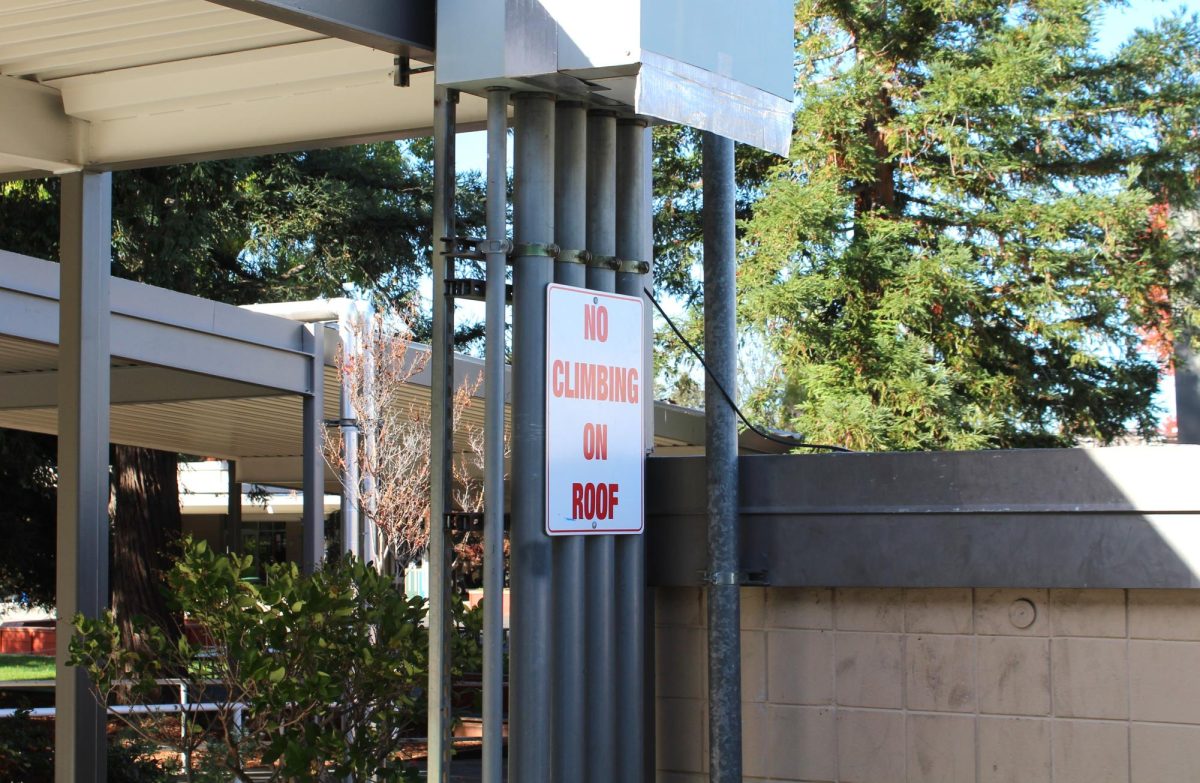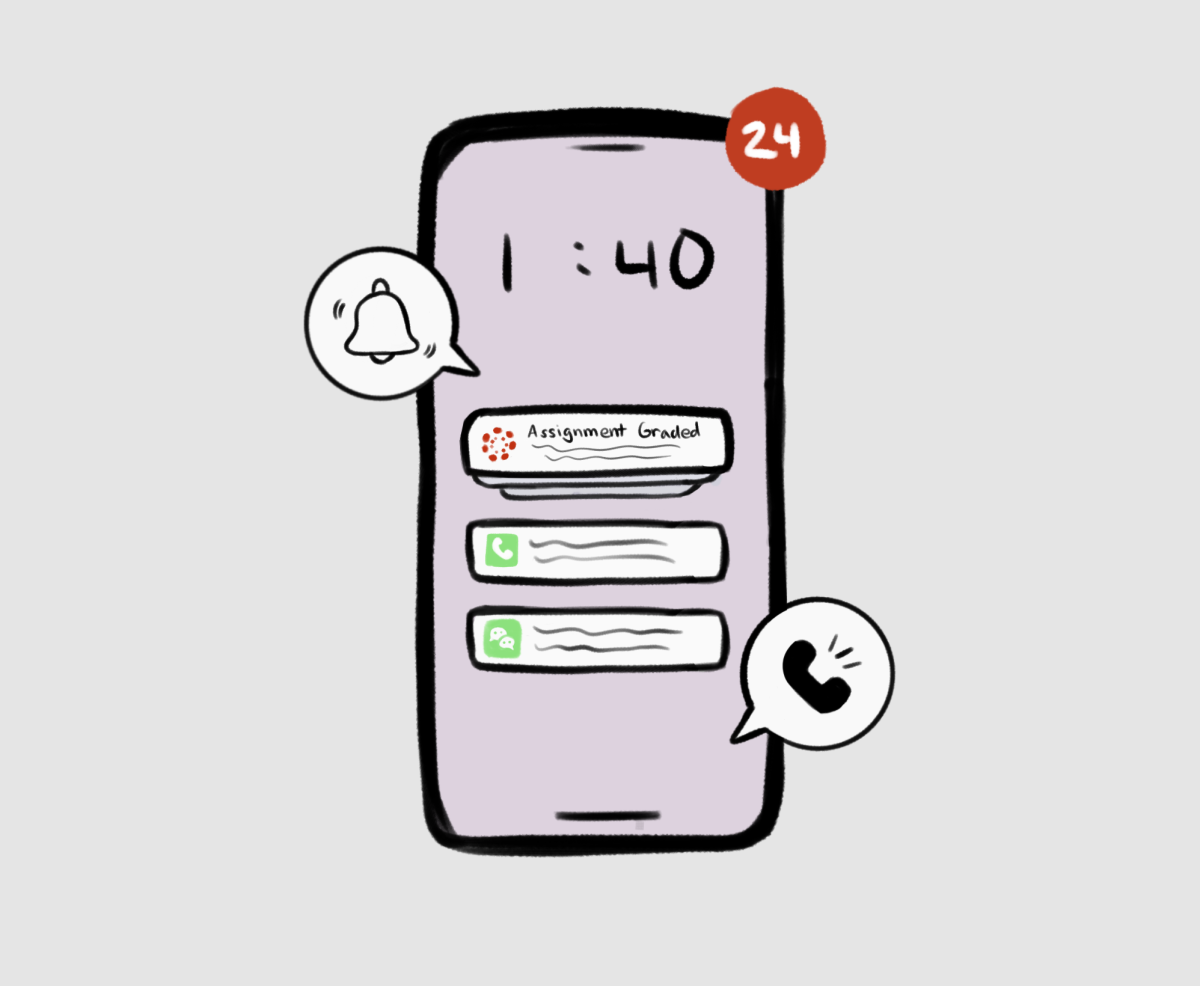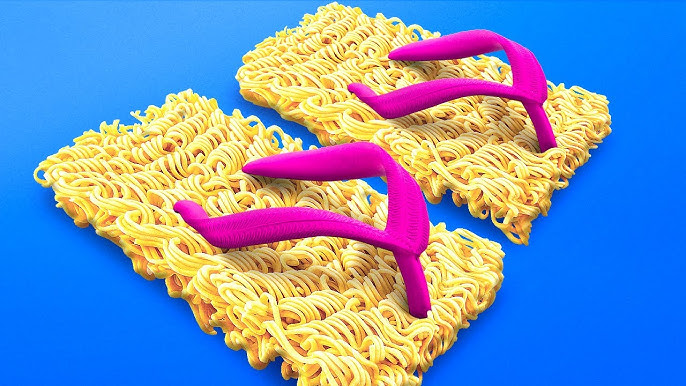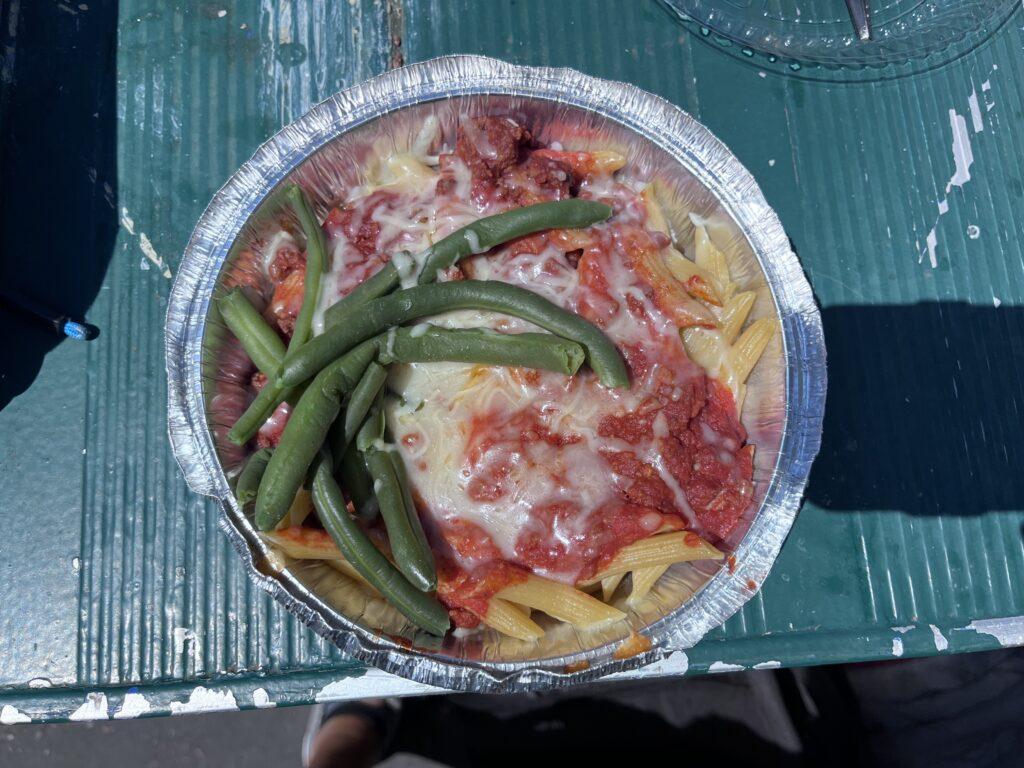Most of us don’t ever think of California as a state rife with poverty, but in reality, it has one of the highest poverty rates in the nation. According to a Census Bureau Report, that number hovered around 15.4% between 2018 and 2020, close to 6 million people.
This astoundingly high number of impoverished people is reflected in the percentage of students who qualified for free or reduced lunch in 2021: 58.8%. In the Los Gatos Saratoga High School District (LGSUHSD), only 1.6% of students qualify, mostly from Los Gatos, compared to the 42.6% of students in the San Jose Unified School District.
Saratoga residents live in one of the most expensive zip codes in the country, and we too often forget the struggles of the people around us. For many K-12 students in our state, lunch is simply not affordable. Like textbooks and school supplies, it is a necessity that should be provided by the school as part of a public-school education.
For context, California’s Bill 130 — introduced in 2021 as a “once-in-a-generation opportunity to break the cycle of educational inequity, including nutrition insecurity” by providing free lunch to all students — was an incredible boon to relieve financial burdens from lunch cost. The bill took effect this year, which is why our school has started providing free lunch.
According to the California Association of Food Banks, one in five people in California struggles from food insecurity. Prior to the free lunch policy, even money spent on reduced lunch was often a burden for families who struggle to make ends meet.
The consequences of food insecurity on children can have negative impacts on them for the rest of their lives: They have lower graduation rates, less developed math and reading capabilities and fewer skills required to “perform effectively in the contemporary workforce.”
As a result, students who grow up food insecure have a lower chance of breaking the cycle of poverty because they have less developed skills and fewer chances of pursuing higher education. Free lunch helps alleviate the stress of food insecurity for students; in many cases, it may be their only full meal each day.
In past years, the free or reduced lunch program had strict income cut-offs that left out a portion of those who needed it. Free or reduced lunch is tied to federal poverty measures (185% of federal poverty levels) and thus does not accurately reflect the higher costs of living in certain areas like the Bay Area. In 2021, a family of four would need to make less than $34,000 per year to qualify for free lunch and $48,000 per year to qualify for reduced lunch.
For parents who relied on these programs, earning slightly more than the cut-off could mean that they have to spend a comparatively high amount of money on school lunches — approximately an average of $2.74 per high school lunch, which would cost them an average of $1,000 annually. While this may not seem like a lot, it could mean the difference between affording and not affording rent for low-income families.
Making it even more difficult for students is a social stigma surrounding needing free or reduced lunch. An article by the Associated Press indicates that tensions often arose prior to the free lunch policy between students who had to pay for lunch and those who didn’t; some students didn’t even eat lunch to avoid telling their friends they needed free lunch.
Lastly, for low-income parents who often have to work multiple jobs, free lunch reduces the burden of having to make cheaper home lunches, yet again reducing the burden on families, both monetarily and time-wise.
Though free lunches seem unnecessary given the low poverty rate in the districts like LGSUHSD, no solution exists to exclude high-income families without facing similar problems to the previous free or reduced lunch program. Solutions such as a sliding scale that gradually increases prices without strict thresholds would not alleviate stigma against free lunches, and providing free lunches for all to only low-income school districts would exclude those who qualify in high-income districts. With a need in every single school district for free lunch, California’s free lunch for all program provides the only viable solution to solve food insecurity for students.
This year, the school will be reimbursed $4.35 for each free meal provided, similar to last year’s prices. This reimbursement allows cafeteria staff to still produce decent-tasting, nutritional food on a tight budget while adhering to strict nutritional guidelines: one cup of milk, fruits and vegetables, and two cups of meat and grains. Neither the food quality nor portions have significantly decreased, and the lunch is much better than the “gross” yet healthy school lunches that many schools in the country have been serving for decades.
Disregarding complaints over lunch quality and quantity, free lunch is simply necessary to even the educational playing field by combating food insecurity and the social stigma related to free or reduced lunch programs. Most of all, those of us lucky enough to be born into better situations should not forget the struggles so many people our age face with food insecurity. Free lunches are a boon for students that will pay dividends well into the future.


























